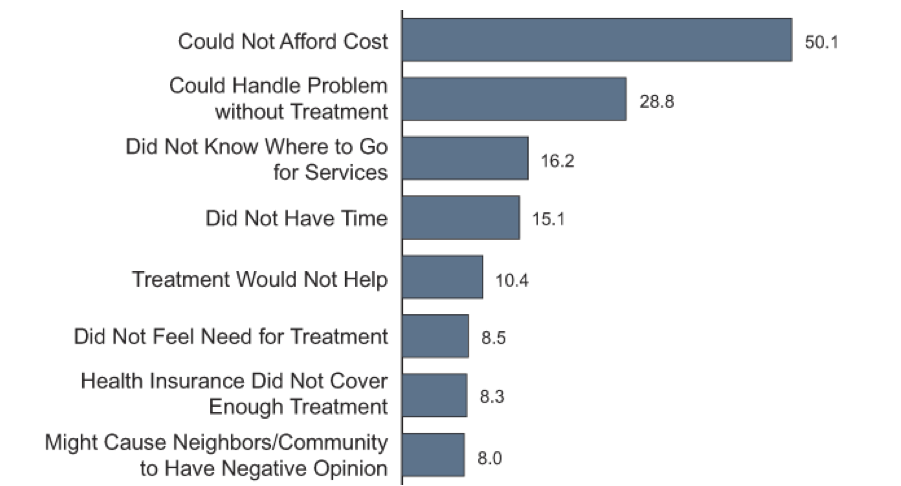By Jennifer Ilse, Co-Artistic Director, Off-Leash Area
I have sweet memories of my brother Craig, 11 years my elder. Accompanying him to Boy Scout meetings, camping, swimming, pine cone fights, building snowmen… Though at times he staked out his rightful place as older tormenting brother, he clearly adored me, loved to teach me and show me the world and the things he loved in it. At age 19 he developed acute paranoid schizophrenia, and that was the end of that chapter of our lives together. I was confused, terribly embarrassed by his behavior in front of my friends, and I missed my old Craig dearly.
I watched our parents’ frustration and grief as they struggled with understanding what to say, what to do, what to feel. And I kept my own emotions well constructed in front of them and everyone else.
As the director of a dance and theater company, art is my most comfortable form of expression of the deepest places in my soul. And hence was born Maggie’s Brain from my memories of this period of intense struggle. This was in a small town in the mid-70’s – a time and place where most people didn’t know what schizophrenia was; it was still believed that “cold” mothers were the cause, and nobody ever talked about mental illness except in hushed and generally misinformed whispers. Thankfully my parents were able to find significant emotional and practical support through the local chapter of NAMI, and as a result Craig was able to get into a network of support that enabled him to have a safe and fruitful life.
Though Maggie’s Brain is not a replica of my family’s story with mental illness, it is born from those intense memories of confusion, guilt, anxiety, love, and grief. I researched and talked with many people who have experienced mental illness personally and professionally, and from all of our experiences created a version of this journey. The social and political environment for mental illness has also improved significantly since that period of time. But the struggle, the frighteningly intense emotions, the desire for communication and understanding, are part of everyone’s journey whose lives are touched by mental illness. Maggie’s Brain is my artistic expression of that journey.
You can see Maggie’s Brain at The Cowles Center in Minneapolis, January 24-26, 2014. I hope you can come.
DATES/TIMES/TICKETS
At the Cowles Center for Performing Arts
January 24/25/26, Fri/Sat 8pm & Sun 7pm
FULL DETAILS at www.thecowlescenter.org
Tickets: Adults $25, Students/Seniors $23/ Under 21 $19
Group rates available
Reservations: Reserve online at www.thecowlescenter.org or call the box office at 612-206-3600.
There will be a discussion with the artists, mental health professionals, and those directly affected by mental illness after the show on Friday, January 24 and Saturday, January 25 as part of The Cowles Center’s Meet the Company Talk-Back Series.
You can find out more about Off-Leash Area’s work at their website.




